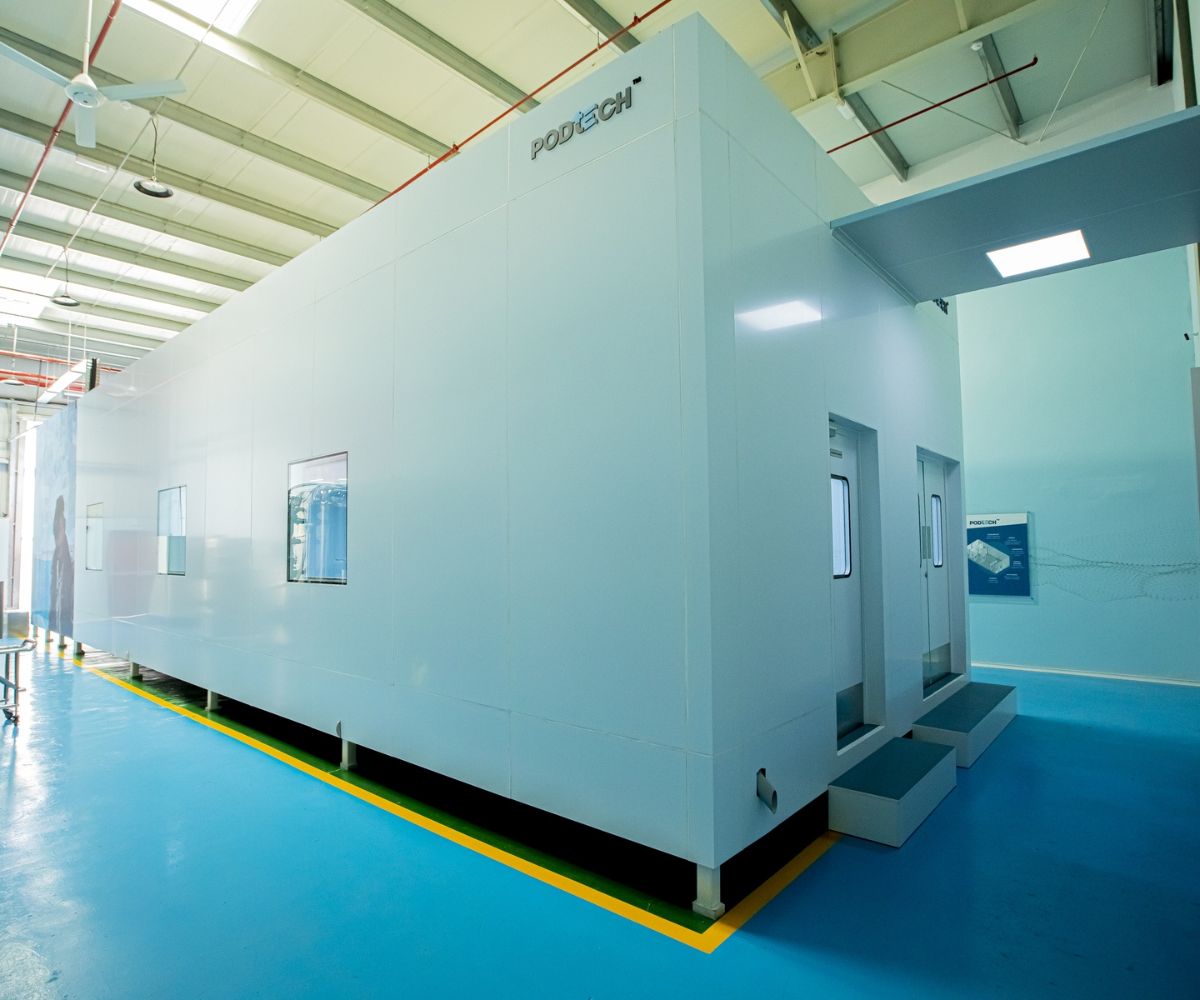In the intricate world of manufacturing, particularly in industries like pharmaceuticals, biotechnology, and electronics, precision and cleanliness are paramount. These industries rely heavily on controlled environments known as cleanrooms to maintain the highest standards of quality and safety. However, traditional cleanroom designs often face limitations in scalability, hindering adaptability and efficiency. Enter scalable cleanroom technology, a game-changer poised to revolutionize the way industries approach controlled environments.
The Evolution of Cleanroom Technology
Cleanrooms have come a long way since their inception in the mid-20th century. Originally developed by the aerospace and semiconductor industries to prevent contamination during production, cleanrooms have become indispensable across a wide array of sectors. These controlled environments minimize airborne particles, microbes, and chemical vapors, ensuring the integrity of sensitive processes and products.
Traditional cleanroom designs typically involve fixed structures with rigid layouts. While effective, these setups lack flexibility, making expansion or reconfiguration a cumbersome and costly endeavor. As industries evolve and demands change, the need for scalable solutions has become increasingly evident.
Introducing Scalable Cleanroom Technology
Scalable cleanroom technology represents a paradigm shift in the realm of controlled environments. Unlike conventional designs, scalable cleanrooms offer modular construction, allowing for easy expansion, modification, or relocation as needed. This adaptability not only accommodates fluctuations in production requirements but also enhances operational efficiency and cost-effectiveness.
At the heart of scalable cleanroom technology lies modular construction methodologies. These systems utilize standardized components that can be assembled, disassembled, and reconfigured with minimal effort. From wall panels and ceilings to HVAC systems and filtration units, every aspect of the cleanroom is engineered for versatility and ease of customization.
Key Advantages of Scalable Cleanrooms
1. Flexibility
Scalable cleanrooms empower industries to respond swiftly to changing needs. Whether scaling up production capacity or reconfiguring workflow processes, modular cleanroom solutions offer unparalleled flexibility, enabling organizations to adapt to evolving market dynamics with agility.
2. Cost-Effectiveness
Traditional cleanroom construction often entails significant upfront costs and lengthy construction timelines. In contrast, scalable cleanrooms boast shorter installation periods and reduced construction expenses. Moreover, the ability to repurpose or relocate modular components minimizes long-term investment risks.
3. Enhanced Efficiency
With scalable cleanroom technology, downtime associated with facility modifications is drastically reduced. Industries can optimize operational efficiency by seamlessly integrating additional cleanroom modules or reconfiguring existing layouts without disrupting ongoing processes.
4. Compliance and Quality Assurance
Maintaining regulatory compliance and upholding product quality standards are non-negotiable imperatives in highly regulated industries. Scalable cleanrooms facilitate adherence to stringent regulations by providing controlled environments that meet or exceed industry-specific requirements.
5. Sustainability
Sustainable practices are increasingly prioritized across industries, and scalable cleanroom technology aligns with this ethos. Modular construction minimizes material waste, promotes energy efficiency, and facilitates the implementation of eco-friendly design features, contributing to a greener future.
Applications Across Industries
The versatility of scalable cleanroom technology transcends industry boundaries, catering to diverse applications:
1. Pharmaceuticals and Biotechnology
From drug manufacturing to sterile compounding, scalable cleanrooms play a vital role in ensuring product integrity and regulatory compliance in pharmaceutical and biotech facilities.
2. Electronics Manufacturing
Electronics assembly and semiconductor fabrication demand ultra-clean environments to safeguard sensitive components against contamination. Scalable cleanrooms provide the requisite level of cleanliness while accommodating the dynamic nature of the electronics industry.
3. Medical Device Production
Medical device manufacturers rely on scalable cleanroom solutions to maintain strict cleanliness standards during the production of implants, instruments, and diagnostic equipment, safeguarding patient safety and product efficacy.
4. Research and Development
Laboratories conducting cutting-edge research across various disciplines benefit from the versatility of scalable cleanrooms. Whether conducting experiments in nanotechnology or genetic engineering, researchers require controlled environments tailored to their specific needs.
Conclusion
Scalable cleanroom technology represents a quantum leap forward in the evolution of controlled environments. By offering unparalleled flexibility, cost-effectiveness, and efficiency, modular cleanroom solutions address the evolving needs of industries reliant on pristine manufacturing conditions. As technology continues to advance and industries embrace innovation, scalable cleanrooms will undoubtedly remain at the forefront, driving progress and propelling industries toward new heights of excellence.

